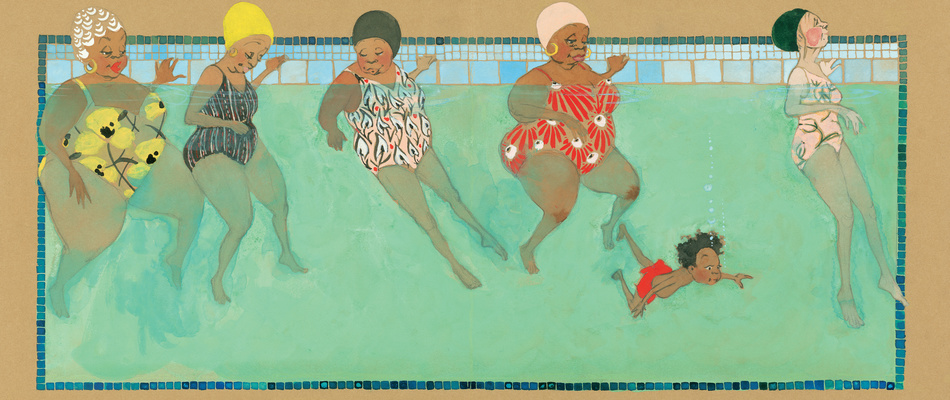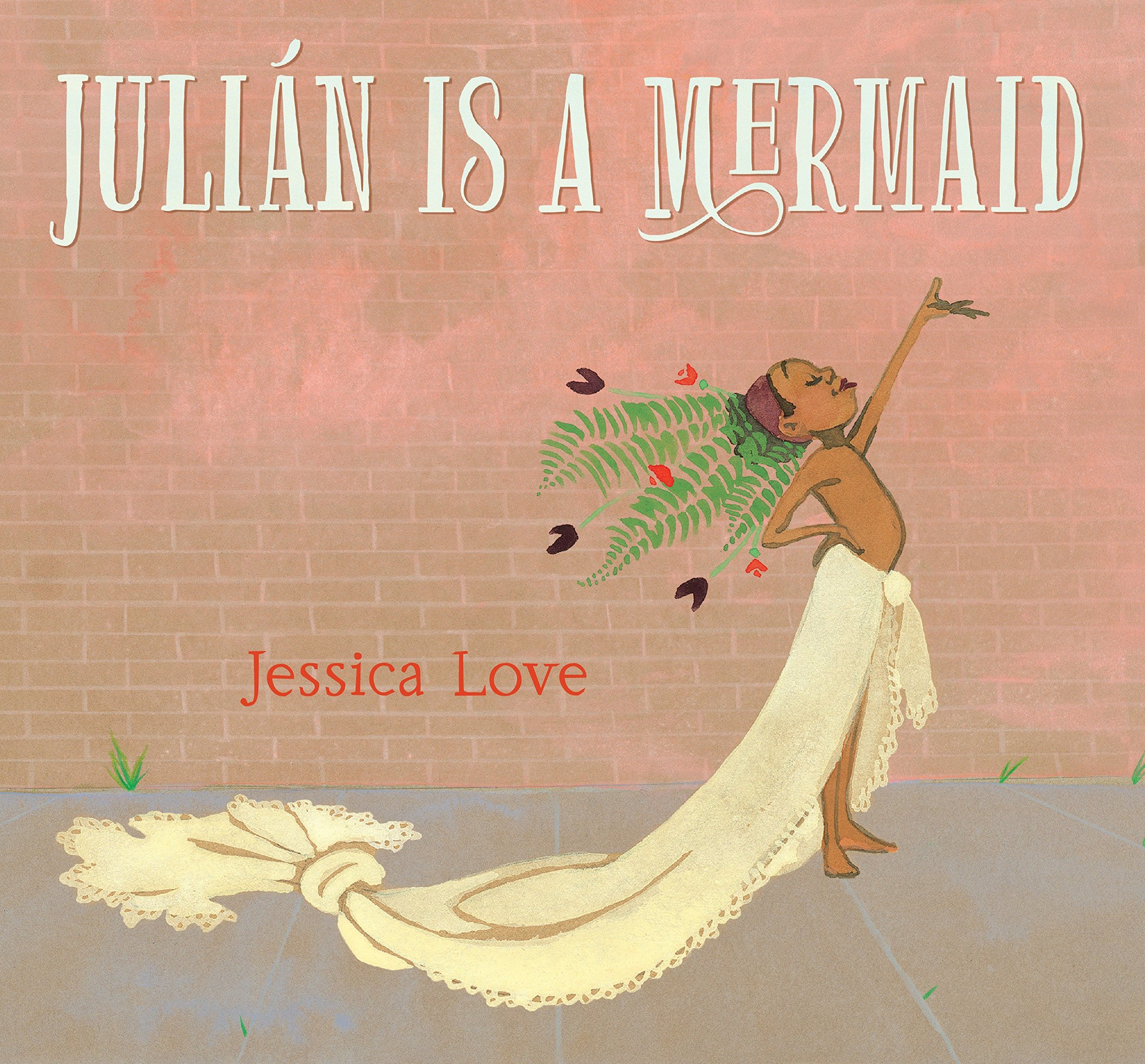Ideas for Teaching Poetry
Happy Snow Day to any other teachers who are at home like me today! Since I actually had time to read books that were not for school today, I was reminded of a poetry unit we taught with our fifth graders. There were so many great sessions, examples, ideas, and books for teaching poetry at NCTE (which I attended in November) that it made me miss teaching a full poetry unit!
For those of you who have a poetry unit or are just looking for new ways to teach, introduce, or incorporate poetry, here are some of my favorite lesson ideas:
Start by asking students what is poetry? How can you tell if something is a poem? What makes something a poem? We asked our students to think about these questions and then looked at a lot of different poems together. This is a great way of dispelling misconception (poems must rhyme, anything can be a poem, etc). Our students would usually end up with some variation of the idea that poems must have some kind of meaning.
We wrote “breathless” poems (do not search this term on the internet, especially on your work computer!). The way you write a breathless poem is to write about an experience. Then, cross out the parts you would eliminate if you were out of breath and couldn’t say every word. We went caving with our 5th graders, so we started with that (shared) experience and modeled choosing what words were non-essential and physically crossing them out. Finally, we wrote (or copied and pasted) the final version with just the words that were left! The students loved this structure and came up with some great poems.
Mentor texts are huge in poetry, but students don’t always know where to find the line between inspiration and imitation (which is understandable!). We solved this problem by finding a mentor text that models using a mentor text, written by the one and only Jacqueline Woodson! Her poem Learning from Langston (from her book Brown Girl Dreaming) has her mentor text within her poem. We compared and contrasted the mentor text and poem and asked our students: How did JW make the structure her own? What did she learn from Langston? Then, it was their turn to try it out.
Now that your students have a better idea of how to use mentor texts, write some food inspired poetry using Gary Soto as a mentor author! This is a great way to introduce the idea of metaphors and similes (or review them if your students are already familiar with them.) It’s also an excellent hook as almost everyone has a favorite or despised food they can write about. (We used some of his poems with food metaphors from his book, A Fire in My Hands, but of course, you could use any of his poems as mentor texts).
Another mentor author we love is Neil Gaiman and his book Crazy Hair. You can read more about how we used this book here, but it was a wonderful social emotional learning moment as well a poetry one!
Image from: https://literaryfusions.com/wp-content/uploads/2014/04/calamity.png
And of course, we could not teach poetry without including a mentor text from Kwame Alexander. His books have some many great formats, structures, and ideas, but we tried what we called “definition” poems with our students (photo above). The basic structure is the word is the title, the pronunciation and part of speech are listed, and then the word is defined. Next, there are three examples of how to use the word. We gave our students dictionaries and they wrote their own definition poems. This was a wonderful lesson in how to use a dictionary, vocabulary, and poetry.
We’d love to hear more ideas for teaching poetry (especially ideas for mentor texts! There are so many wonderful texts out there).
























